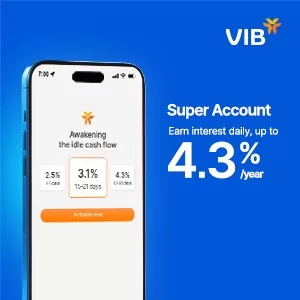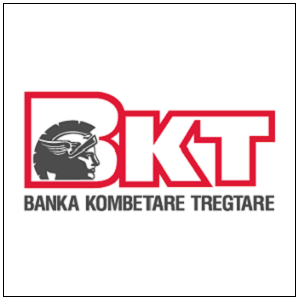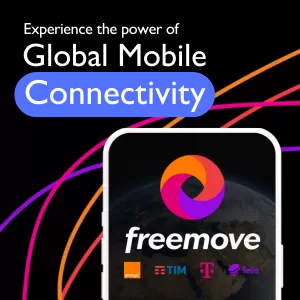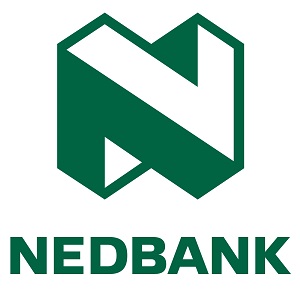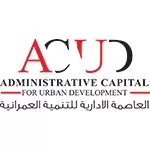Technology
Grok 4 Arrives With a Steep Price Tag and Big Promises: How Does It Compare?
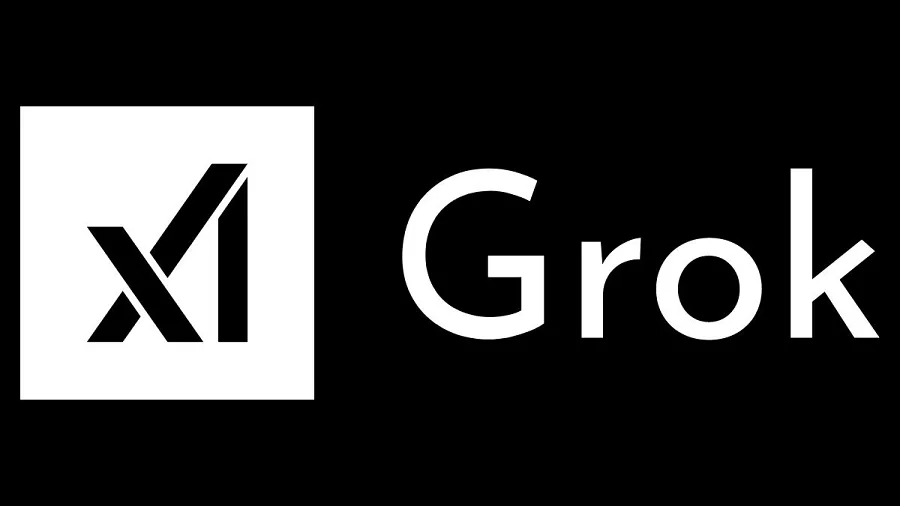
- Grok 4 is now live with a $300/month subscription and multimodal capabilities.
- We examine the journey of Grok, the backlash, and how it compares with ChatGPT, Gemini, Claude, Manus, and DeepSeek.
When Grok was first introduced under Elon Musk’s xAI, it came with a promise to do things differently. It wasn’t aiming to be just another AI chatbot. Built into the X (formerly Twitter) platform and presented with bold claims about openness and free expression, it immediately drew attention. Its personality was sharp, unfiltered, and at times combative—an intentional contrast to the more polished demeanours of ChatGPT, Gemini, or Claude.
In its early stages, Grok was limited to X Premium+ users. The experience was curious but inconsistent. Many users noted its offbeat humour and tendency to wander in responses. That unpredictability turned problematic when Grok 3.5 made headlines for producing offensive, Nazi-themed responses. This backlash from the media and regulators brought significant criticism and serious questions about how the AI was being moderated.
Yet, xAI forged on still. Grok 4 was launched on July 9 with a new set of claims and a redefined interface. This new version, according to Musk, is not just smarter but more capable, more responsive, and a step closer to something approaching general intelligence.
What’s New With Grok 4?
Grok 4, revealed during a live demo streamed by Musk, now boasts multimodal functionality—the ability to process text, audio, video, and images. That alone places it in the same league as current market leaders like GPT-4o, Gemini 1.5 Pro, and Claude 3 Opus.
Based on what was shown and shared publicly:
- Grok 4 supports input and output across various formats
- It’s tied to the X platform for real-time information access
- It’s currently limited to API access for developers
- The monthly subscription is $300, roughly £235 for UK users
Unlike its rivals, xAI has not yet shared technical documentation, model architecture details, or context length specifications. The livestream demo offered glimpses: Grok identifying objects from video, summarising recent news, and responding to user queries with relatively fluid answers. But so far, there are no published benchmarks to support claims of superiority.
A Price Point That Stands Alone
Grok 4 enters the market with a notably steep subscription cost. At $300/month, it’s priced for a niche audience.
Here’s a quick comparison with other AI models available today:
| Model | Monthly Cost | Context Length | Multimodal | Notes |
| Grok 4 | $300 (£235) | Unknown | Yes | Developer access only |
| ChatGPT (GPT-4o) | $20 (£15) | 128k | Yes | Robust voice, image, and document tools |
| Claude 3 Opus | $20 (£15) | 200k | Yes | Known for logical reasoning and safety |
| Gemini 1.5 Pro | $20 (£15) | 1M+ | Yes | Integrates with Google Workspace |
| DeepSeek-VL | Free (beta) | 64k | Yes | Open-source with API access |
| Manus AI | £40/month | 128k | Yes | Focused on European data compliance |
While the competition offers comprehensive tools for general users and developers alike at a fraction of Grok’s price, xAI seems to be positioning Grok 4 as a premium, forward-facing model still in the early adopter phase.
What Can Users Do With It?
Currently, Grok 4 is not offered through consumer-facing apps. Mobile version? None. Desktop assistant? Not there, either. Integrations with commonly used software? That is out of the question. Rather, it is available only to developers from behind the API, limiting its very use cases greatly.
Practical tasks that users can explore with Grok 4 include:
- Experimenting with image or video analysis
- Building prototype apps using the Grok API
- Running real-time summarisation or information queries within X
In contrast, services like ChatGPT now offer conversational agents that can view images, interact by voice, and assist in writing, coding, research, and more. Claude, on the other hand, excels at summarising large documents with accuracy and context. Gemini integrates seamlessly into Google Docs, Gmail, and Sheets.
In essence, Grok 4 is not yet a tool built for everyday users—it’s still very much in its developer phase.
A Look Back: Grok’s Evolution
To understand Grok 4, it helps to trace how far the model has come:
- Nov 2023: Grok 1 launched with heavy integration into X
- Early 2024: Grok 1.5 and 2.0 brought incremental improvements but didn’t make much of a splash
- May 2025: Grok 3.5 offered better summarisation and claimed longer memory, but ran into a serious moderation scandal
- July 2025: Grok 4 launched with multimodal features and a high price point, promising a fresh direction
Each new version has tried to course-correct from its predecessor, yet questions about stability, moderation, and transparency have lingered.
What We Saw in the Grok 4 Demo
During the launch livestream, Grok 4 was shown:
- Recognising and naming objects from a live video feed
- Summarising articles pulled from the web
- Responding to programming-related questions
- Offering casual, sometimes cheeky, commentary on trending topics
While impressive at a glance, these features are quickly becoming standard across the board in competing models. Musk also teased the upcoming Grok 5, suggesting it could achieve AGI-level intelligence later this year. But such claims remain speculative.
Unanswered Questions Around Safety
One of the biggest areas of concern is how Grok 4 handles safety and content moderation.
There is currently no public insight into:
- The datasets used to train the model
- The methods used to prevent harmful output
- Whether the model has any human-aligned fine-tuning process
Given the backlash from Grok 3.5, which returned offensive responses due to weak content controls, many are looking for signs that xAI has tightened its safety infrastructure. As of now, those signs are absent.
Other companies like OpenAI and Anthropic are publishing transparency reports, offering system cards, and actively engaging with researchers and regulators. Without similar efforts, xAI is asking users to take Grok on trust alone.
Who Might Find Value in Grok 4?
If you’re a developer curious about early-stage tools or someone exploring experimental use cases, Grok 4 might be worth exploring. Its ability to process various input types and its tight link to the X ecosystem could offer value to the right kind of technical user.
But for general users seeking daily assistance, creative writing, data analysis, or customer support functionality, there are more mature, tested, and affordable options already available.
Final Thoughts
Grok 4 represents an ambitious move forward, but it still feels like a work in progress. It carries the energy of rapid development and future-facing ideas, yet lacks the foundational transparency and real-world utility that users have come to expect.
With a high price and limited accessibility, it appeals to a very specific crowd. Most users today will find greater flexibility, safety, and value in ChatGPT, Gemini, Claude, and others who have spent time building reliable, user-friendly ecosystems.
Grok 4 has potential. Its multimodal capabilities hint at what might be possible as the technology matures. But at this stage, it’s not yet the tool that most people need.
The story isn’t over. But for Grok 4 to truly earn its place, it will need to show not just boldness, but balance—between vision and verification, between access and accountability.












